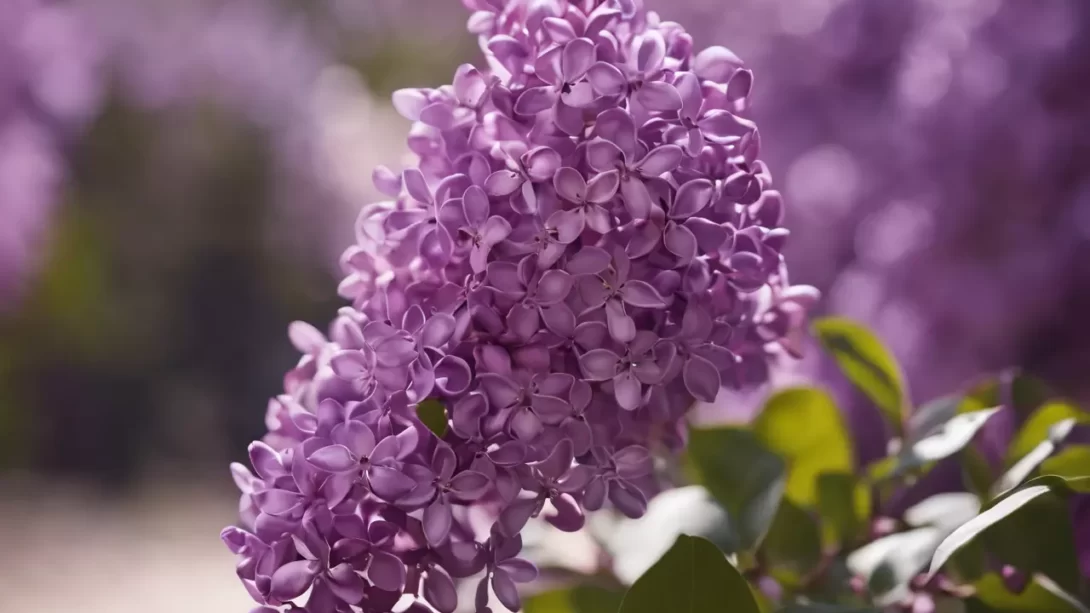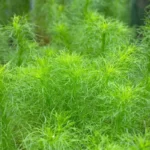Lilacs are a beloved fixture in many gardens, treasured for their fragrant and colorful blooms. Sometimes, however, it becomes necessary to transplant these shrubs. Reasons for transplanting might include addressing overcrowding, moving them to a more suitable location for better growth, or redesigning a landscape. Understanding the right way and time to transplant lilacs is crucial for ensuring their survival and continued bloom.
Lilac Growth and Habit
Lilacs are known for their hardiness and longevity, often thriving for decades. They typically exhibit a bush-like growth habit, with some varieties capable of reaching substantial heights. Lilacs bloom on old wood, meaning the flowers emerge on growth from the previous season. This growth pattern is an important consideration when planning a transplant, as it influences the best time to move the shrub without disrupting its blooming cycle.
The Best Time for Transplanting Lilacs
The optimal time for transplanting lilacs is in the fall, after the leaves have dropped, or in early spring, before new growth begins. In the fall, the cooler temperatures and dormant state of the plant reduce the stress of transplantation. In early spring, the still-dormant plant can be moved before the energy is directed towards new growth, which helps in better establishment at the new site.
Transplanting during the blooming period or late in the growing season is generally discouraged, as it can significantly stress the plant and potentially reduce blooming in the following season.
Preparing for Lilac Transplantation
Preparation is key to a successful lilac transplant. Here are the steps to get started:
- Choose the Right Location: Lilacs require well-drained soil and full sun to thrive. Select a new location that meets these criteria.
- Soil Preparation: Amend the soil in the new location with organic matter to provide nutrients and improve soil structure.
- Water the Lilac: A few days before transplanting, thoroughly water the lilac to ensure it’s well-hydrated, which helps to reduce transplant shock.
How to Transplant Lilacs
Transplanting a lilac requires careful handling to minimize stress and shock to the plant. Here’s a guide to the process:
- Timing: Choose a cool, overcast day for transplanting, ideally in the fall or early spring as previously mentioned.
- Pruning: Lightly prune the lilac bush to reduce the strain on the root system during the move. Remove any dead or diseased branches.
- Digging Out the Lilac: Start by digging a wide perimeter around the lilac bush, going as deep as possible to preserve the root ball. The larger the root ball, the better the chances of successful transplantation.
- Preparing the Transplant Hole: Dig a hole in the new location that is twice as wide and just as deep as the root ball. This gives the roots plenty of room to spread out.
- Moving the Lilac: Carefully lift the lilac from its original spot, keeping the root ball intact. A tarp or burlap can help with transporting the bush.
- Planting: Place the lilac in the new hole, ensuring it’s at the same depth it was previously growing. Backfill the hole with soil, gently tamping down to eliminate air pockets.
- Watering: Water the lilac thoroughly after planting to settle the soil around the roots.
Post-Transplant Care for Lilacs
After transplanting, the lilac will require special attention to ensure it re-establishes well:
- Watering: Keep the soil consistently moist for the first year after transplanting. Deep watering once a week is usually sufficient, but you may need to adjust based on weather conditions.
- Mulching: Apply a layer of organic mulch around the base of the plant to help retain soil moisture and regulate temperature.
- Fertilizing: Wait to fertilize until the lilac shows signs of new growth. Using a balanced, slow-release fertilizer is recommended.
- Monitoring: Keep an eye on the lilac for signs of stress, such as wilting or leaf drop. Some stress is normal, but severe symptoms may indicate a problem.
Common Challenges in Transplanting Lilacs
Transplanting lilacs can sometimes present challenges that need careful management. Here are some common issues and how to address them:
- Transplant Shock: It’s common for lilacs to experience some level of shock after being moved. Signs include wilting, yellowing, or dropping leaves. To mitigate this, ensure you’re transplanting at the right time and providing adequate water and care post-transplant.
- Root Damage: If the roots are significantly damaged during the move, the lilac may struggle to establish in its new location. Minimize root disturbance as much as possible and prune the top growth to balance the reduced root system.
- Pests and Diseases: Stressed plants are more susceptible to issues. Monitor the plant regularly and treat any signs of disease or pest infestation promptly.
Preventive Measures for Successful Transplanting
To further ensure the success of transplanting your lilac, consider these preventive measures:
- Soil Testing: Before transplanting, test the soil in the new location to ensure it meets the nutrient and pH needs of lilacs.
- Gradual Acclimatization: If moving a lilac to a significantly different environment, try to acclimatize it gradually.
- Adequate Spacing: In its new location, ensure the lilac has enough space to grow without competition from other plants.
Conclusion
Transplanting lilacs can rejuvenate an older plant, help manage space in your garden, or give your lilac a better location to thrive. By choosing the right time, preparing adequately, and providing attentive care post-transplant, you can help your lilac to successfully overcome the shock of moving and continue to flourish. Gardening with these beautiful and fragrant shrubs can be deeply rewarding, offering blooms for many years to come. Remember, patience and careful attention are key to helping your transplanted lilac bush establish and return to its full blooming glory.



